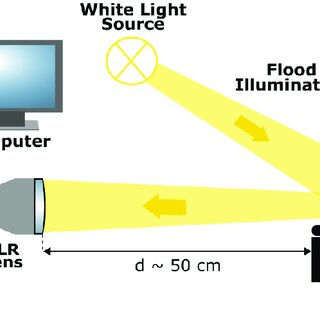Revolutionizing Production with Advanced UV Curing Systems
In the fast-paced world of manufacturing, efficiency and precision are paramount. One technological innovation that has been revolutionizing production processes across various industries is UV curing systems. These systems, driven by the power of ultraviolet (UV) light, have become indispensable for achieving rapid and high-quality curing. In this blog, we will delve into the workings, applications, and benefits of UV curing systems that are transforming the landscape of modern manufacturing.
Understanding UV Curing Systems
UV curing involves the use of ultraviolet light to initiate a chemical reaction that results in the hardening or curing of a material. UV curing systems typically consist of a UV light source, a curing chamber, and a substrate or material that undergoes the curing process. The key to their effectiveness lies in the ability of UV light to trigger photochemical reactions, providing a quick and reliable curing solution.
Applications Across Industries
1. Printing and Packaging
UV curing systems are widely employed in the printing and packaging industry. Inks and coatings applied to paper, cardboard, or plastic substrates can be rapidly cured using UV light. This leads to faster production speeds, improved print quality, and enhanced durability of printed materials.
2. Electronics Manufacturing
The precision and speed of UV curing make it an ideal choice for electronics manufacturing. UV-curable adhesives and coatings are used in the assembly of electronic components, ensuring secure bonds and protection against environmental factors.
3. Automotive Finishing
In the automotive industry, UV curing systems play a crucial role in the curing of paints and coatings on vehicle surfaces. This not only accelerates the painting process but also results in a durable and glossy finish.
Advantages of UV Curing Systems
1. Speed and Efficiency
One of the most significant advantages of UV curing systems is their speed. The curing process takes seconds, allowing for faster production cycles and increased throughput.
2. Reduced Energy Consumption
Compared to traditional curing methods, UV curing systems are more energy-efficient. The targeted nature of UV light reduces the overall energy consumption in the curing process.
3. Improved Quality
UV curing provides a consistent and uniform cure, leading to enhanced product quality. The technology eliminates issues such as solvent evaporation and ensures a scratch-resistant and durable finish.
Future Trends and Innovations
As technology continues to evolve, so do UV curing systems. Researchers and engineers are exploring new formulations of UV-curable materials, expanding the range of applications. Additionally, advancements in UV LED technology are making UV curing systems more energy-efficient and environmentally friendly.
